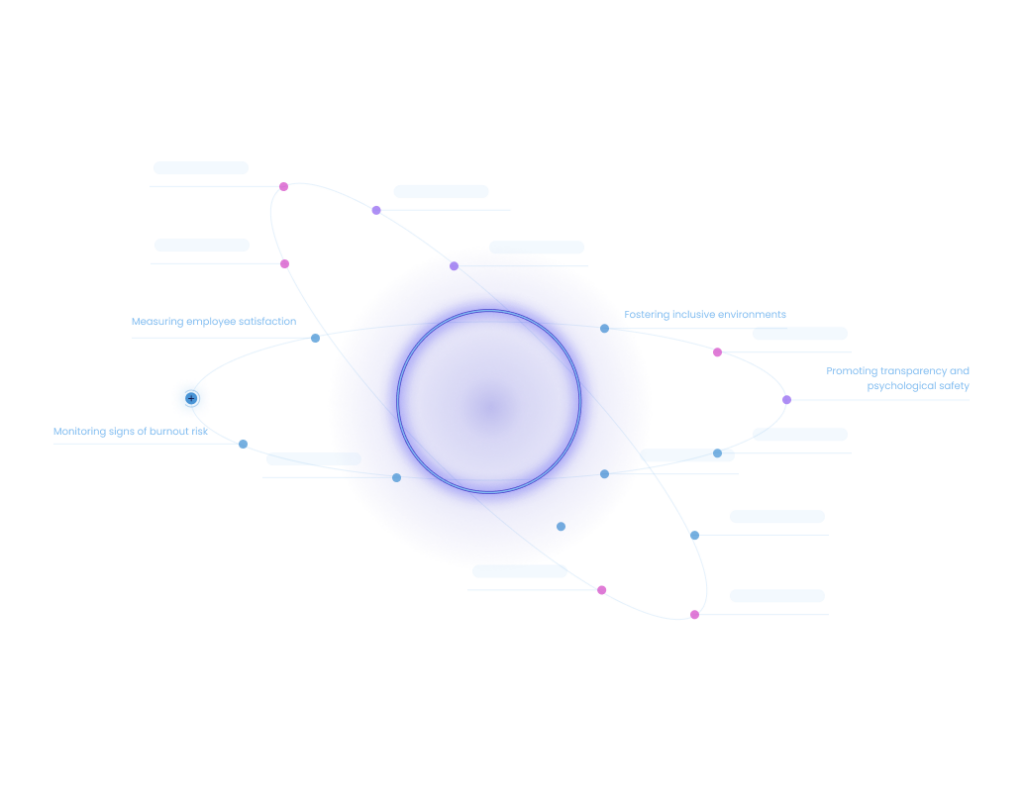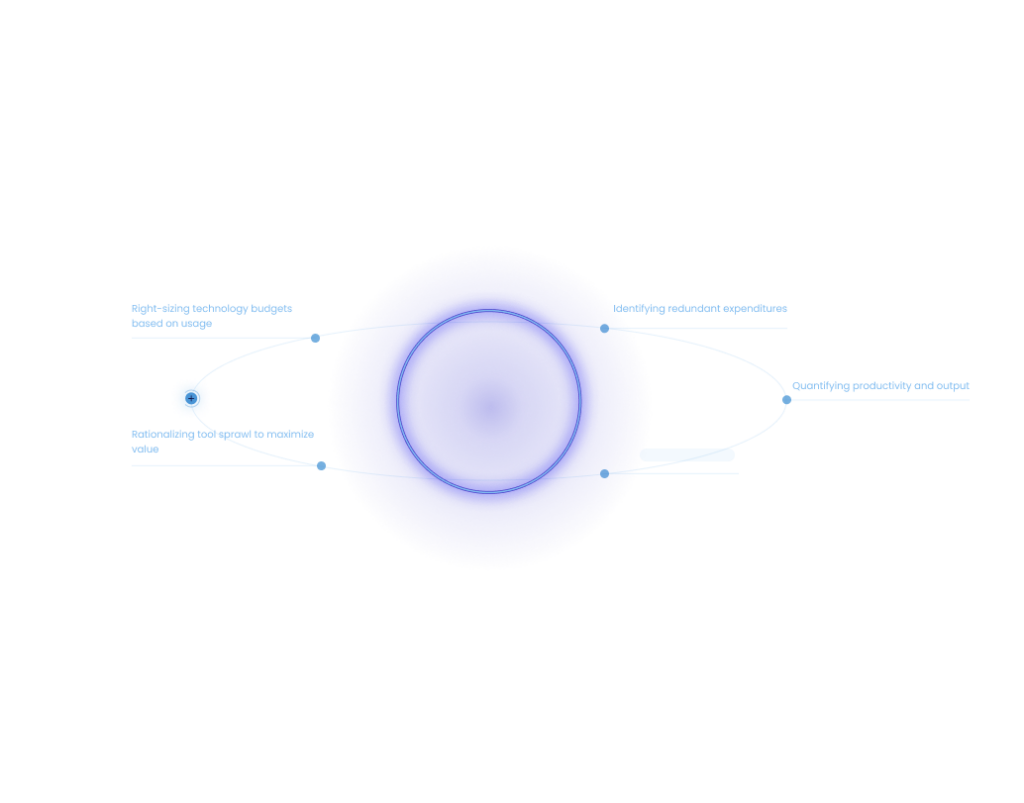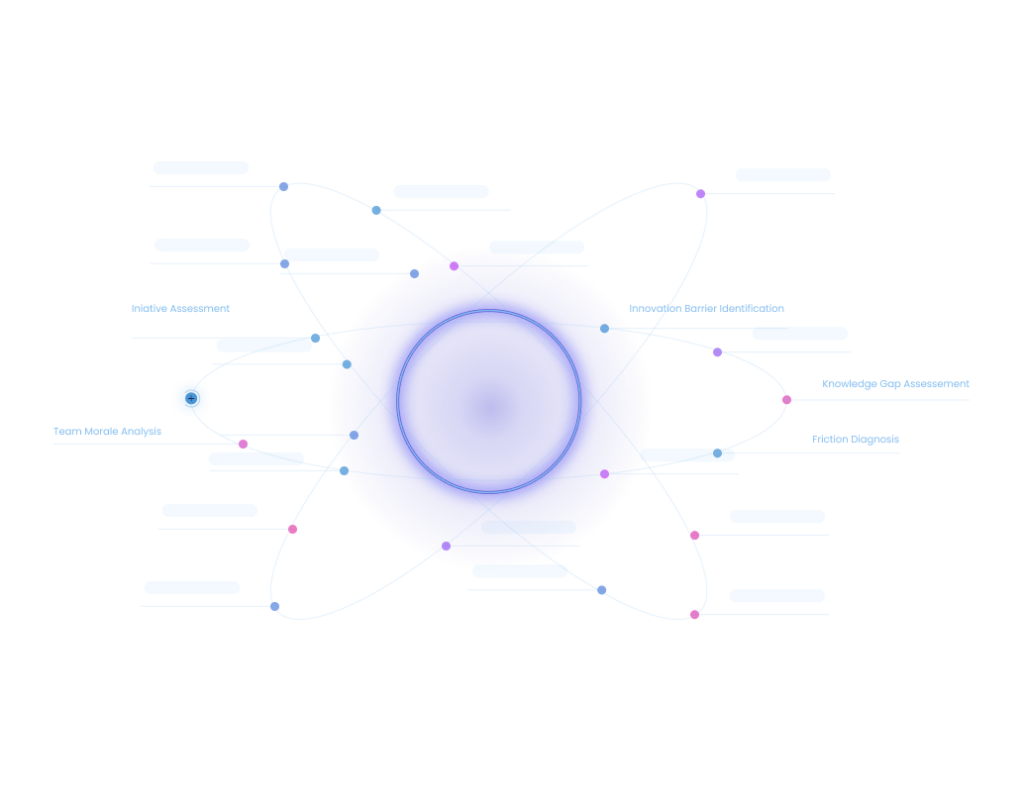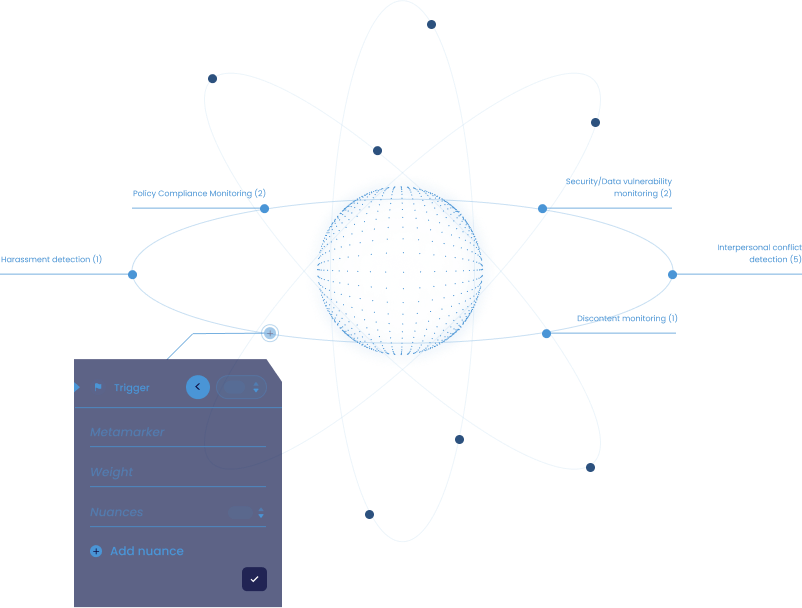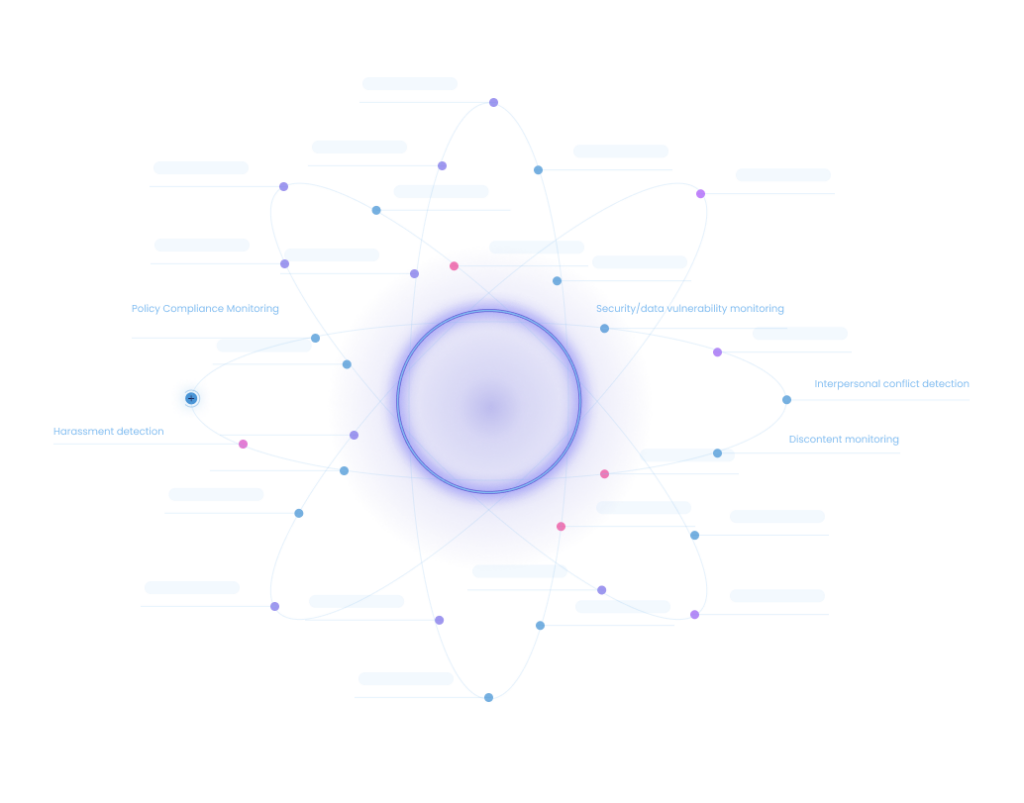
Good Practice protocols form the cornerstone of operational excellence and continuous improvement within your organization. This category focuses on proven, effective methodologies that enhance efficiency, quality, and consistency across various functions. Unlike the aspirational nature of Gold Standards, Good Practices are grounded in practical, day-to-day applications. They encompass training principles, skill development frameworks, and tried-and-true approaches to common challenges. By implementing and regularly updating Good Practice protocols, we create a culture of learning and development, ensuring that every team member has the knowledge and skills to perform at their best and contribute to the organization's success.
SALES TRAINER
Develops and implements ethical selling practices training programs.
PROJECT MANAGEMENT EDUCATOR
Teaches best practices in project execution and team management.
FINANCIAL EDUCATION SPECIALIST
Creates and delivers financial literacy programs for clients and employees.
CUSTOMER SERVICE TRAINER
Designs and conducts training on delivering exceptional customer experiences.
NEW EMPLOYEE ONBOARDING
Introducing company best practices to new team members.
CONTINUOUS PROFESSIONAL DEVELOPMENT
Organizing workshops to keep staff updated on industry best practices.
EDUCATION SEMINAR
Conducting sessions to inform clients about financial best practices.
TEAM SKILL ENHANCEMENT
Implementing training to improve specific skills across departments.

